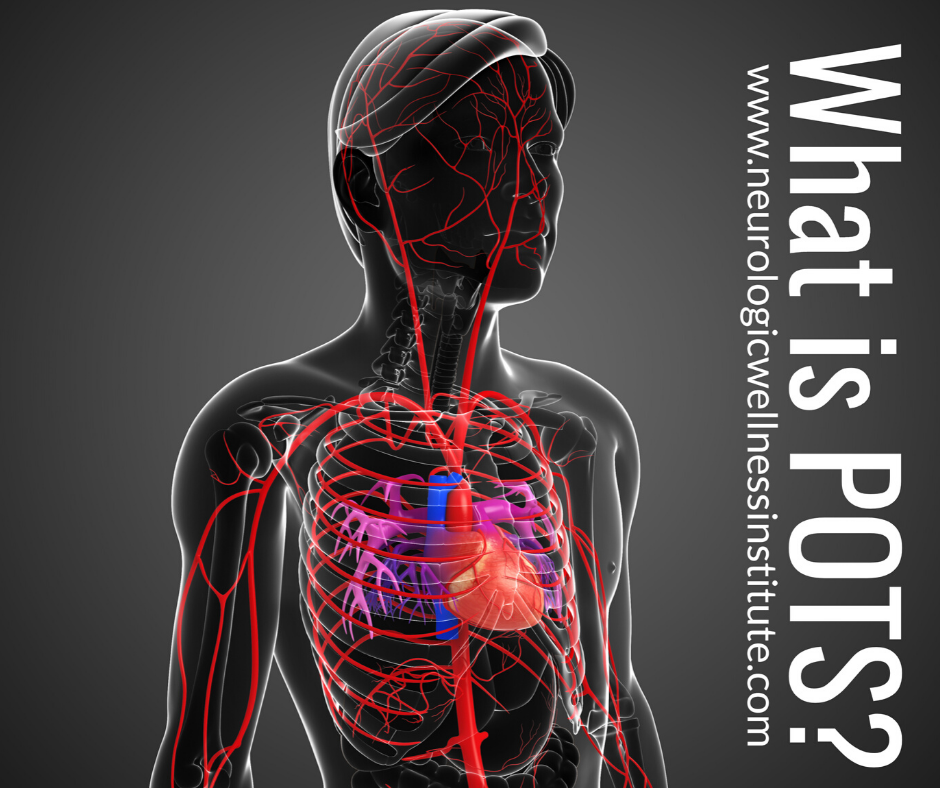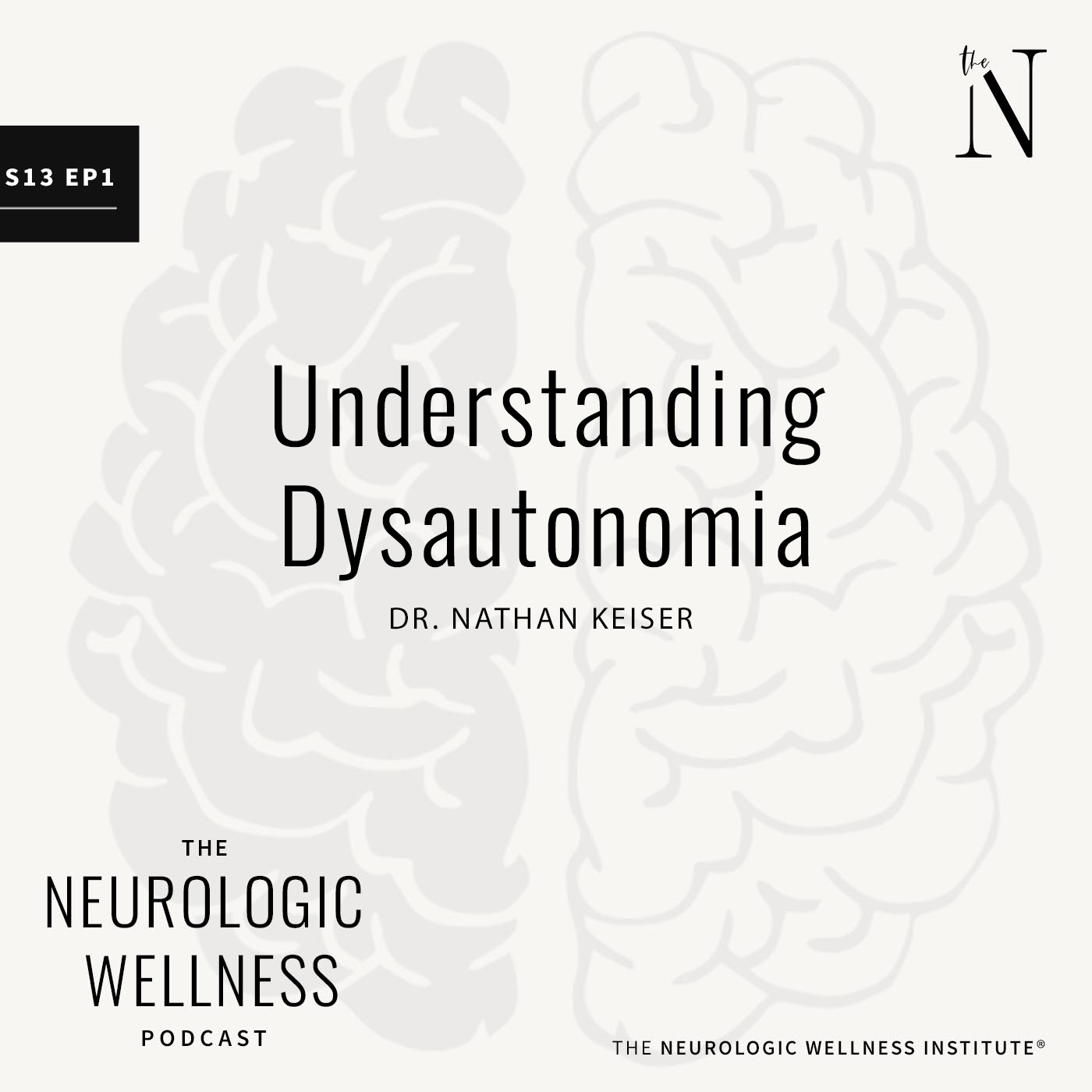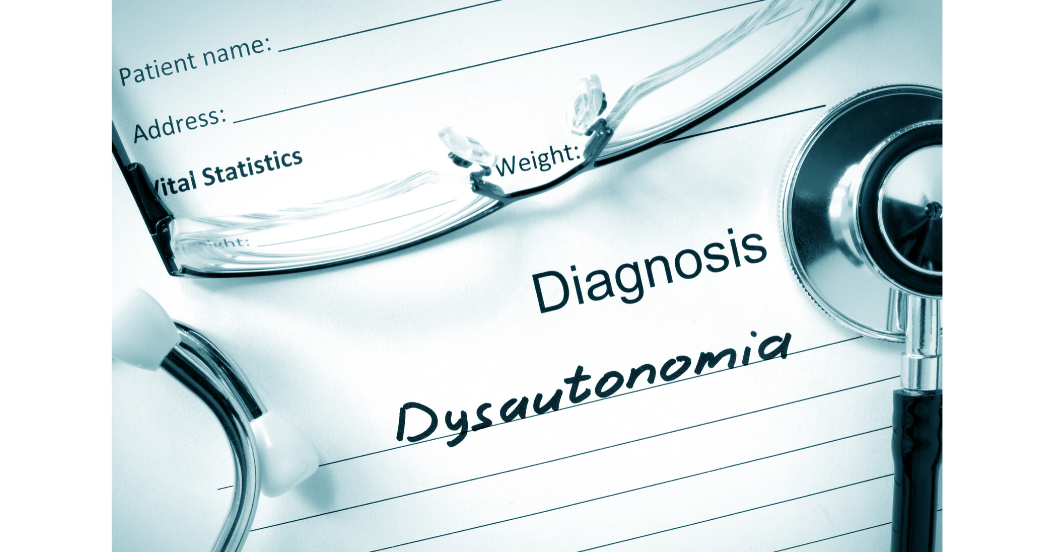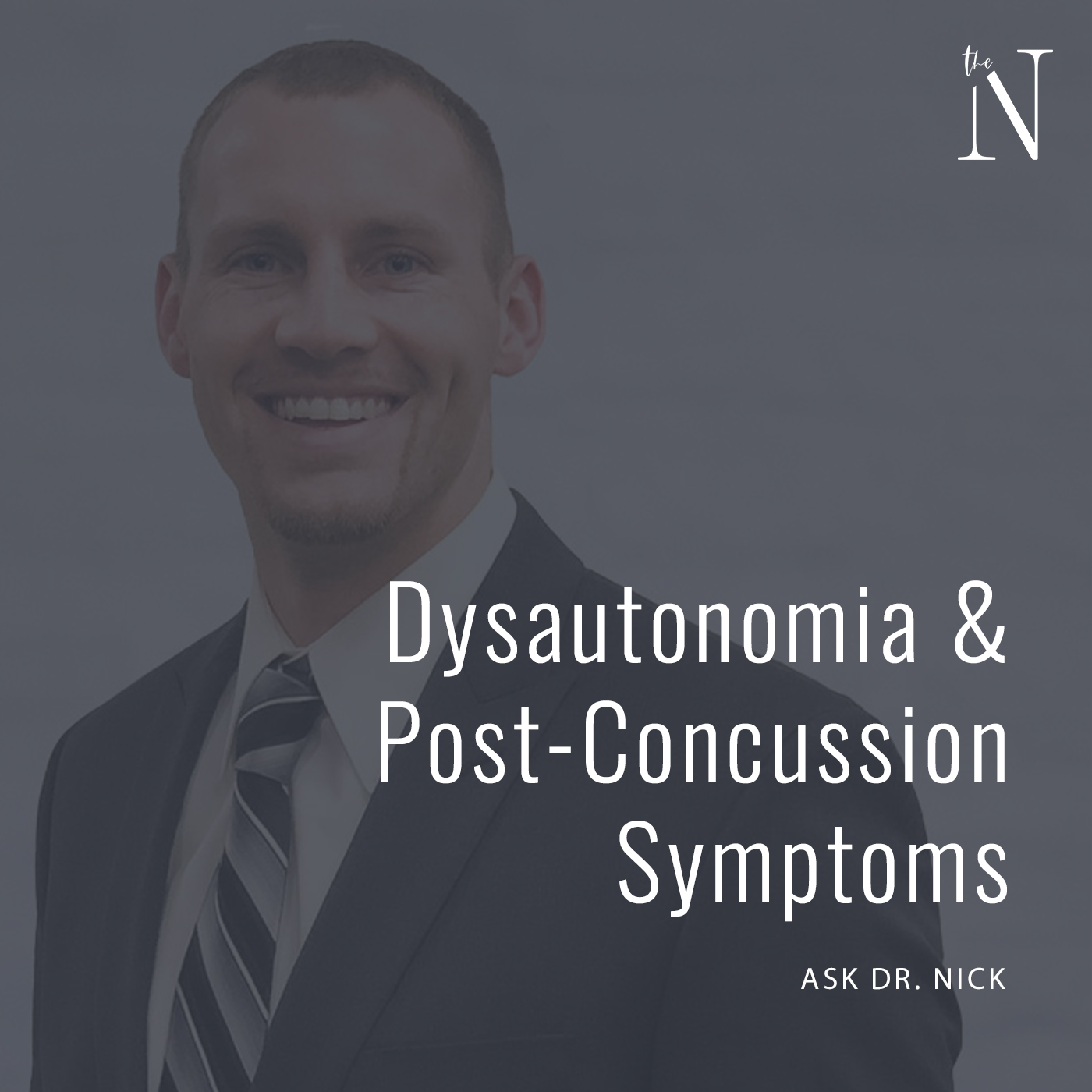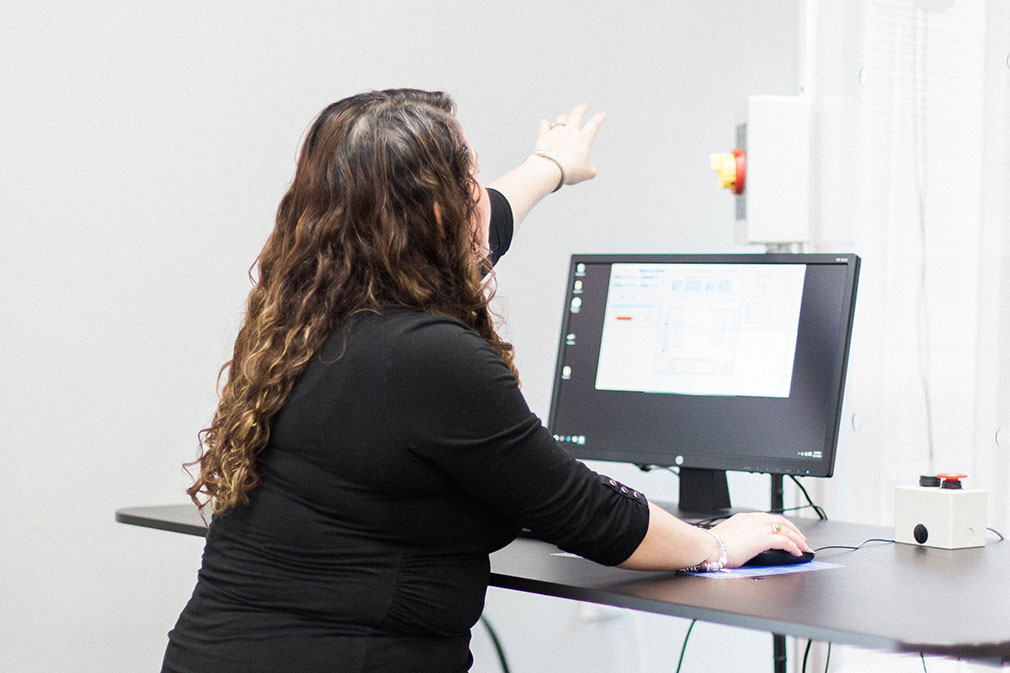Have you ever felt light-headed? Feel your heart racing? Feel like you are about to faint? Feel a general weakness? Are you constantly nauseous? Having trouble sleeping? Constantly having headaches? Experiencing shortness of breath? Chest pains? Bloating?
These are all possible symptoms of a condition called Postural Orthostatic Tachycardia Syndrome or POTS.
What is POTS and Who Does It Affect?
The evolution of humans to assume an upright posture and stand on two feet is typically seen as an evolutionary advantage. However, with patients who have POTS, fighting gravity becomes a daily challenge. Although most people assume these problems are more associated with the elderly, POTS typically affects young women who have multiple, non-specific symptoms and significant impairments in their daily life. POTS most often affects people aged 15-50 years and is 4 times more common in females than males.
When humans stand up, approximately 500 ml of blood descends from the chest into the stomach and legs. A normal response of the nervous system is to immediately constrict you’re your blood vessels in your stomach and legs, as well as slightly increase your heart rate in order to push blood up against gravity into your brain. This should all be accomplished with minimal change in blood pressure.
Patients suffering from POTS have dysfunction in the brain affecting their ability to regulate blood in the body against gravity. There are a number of possible causes of POTS and each patient who presents with POTS has unique characteristics in comparison to other patients with POTS. Common symptoms with POTS include lightheadedness and dizziness upon standing up quickly due to inadequate blood flow to the brain.
To be diagnosed with POTS you may have the following:
-
- A sustained heart rate increase of 30 beats per minute (bpm)(from laying to standing) or more within 10 minutes of standing (40 bpm age 12–19 years) in the absence of a decrease in blood pressure.
- Standing heart rate is often 120 beats per minute or more within 10 minutes of standing or head-up tilt.
- Heart rate increases and symptoms of dizziness upon standing are normalized when the patient lies back down.
Typical Symptoms of POTS and Associated Conditions
There are a handful of symptoms associated with POTS, but common symptoms are lightheadedness, loss of consciousness, fatigue/weakness, nausea, heart palpitations, and headaches. Symptoms tend to be worse on standing or prolonged sitting and exacerbated by head movement, food, and alcohol. POTS commonly occurs after pregnancy, surgery, vaccinations, and/or trauma. Viral infections and autoimmunity are also factors that have been associated with the cause of POTS. POTS is also commonly found with other conditions such as deconditioning after prolonged bed rest, in joint hypermobility syndromes (Ehlers-Danlos Syndrome), diabetes, lupus, toxic exposure, and neurodegenerative conditions.
The Diagnosis of POTS
POTS is not commonly known within the medical community and it is often misdiagnosed as anxiety, panic attacks, vaso-vagal syncope, chronic fatigue syndrome, or inappropriate sinus tachycardia. Therefore, a POTS diagnosis is typically delayed by several years. As a result of orthostatic intolerance, patients can become wheelchair users or bed-bound and are often unable to continue in education or employment (25%). However, 80–90% will respond to treatment and 60% will return to previous levels of functioning.
Common Treatments for POTS
-
- Medical management initially involves physiological methods including:
- Graduated exercise programs
- High fluid and salt intake (not in hyperadrenergic POTS)
- Support tights
- Avoiding triggers such as prolonged standing or sitting, alcohol, heat, and large meals
- Postural counter-maneuvers aim to abort a syncopal attack.
- Cognitive-behavioral therapy helps patients adjust to long-term illness.
- Drug treatment is aimed at:
- Increasing blood volume (fludrocortisone, desmopressin, erythropoietin)
- Vasoconstriction (midodrine, methylphenidate, octreotide)
- Reducing tachycardia (beta-blockers, ivabradine)
- Improving central cardiovascular control (selective serotonin reuptake inhibitors, serotonin/norepinephrine reuptake inhibitors, clonidine)
- Facilitating synapse transmission (pyridostigmine). The available drugs are all currently unlicensed for this indication.
- Medical management initially involves physiological methods including:
At The Neurologic Wellness Institute, all of our clinicians are trained on the diagnosis and non-pharmaceutical management of POTS. We use state-of-the-art technology for both diagnosis and rehabilitation. Please contact us for an initial consultation.
-Kavi et al. Postural tachycardia syndrome: multiple symptoms, but easily missed. British Journal of General Practice. 2012;62(599):286-287.

